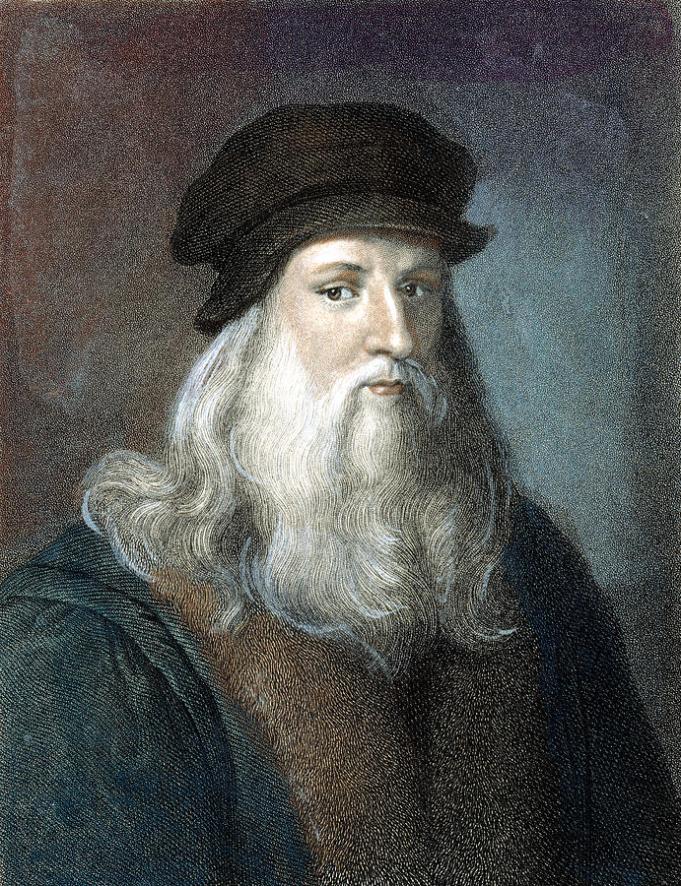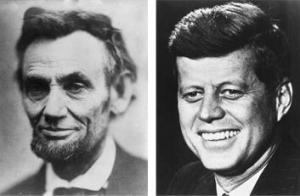This is the story of Dr. Bruce Westra (Chiropractor) and his family who have created two locations of Tiny houses. https://www.tinydigslakeshore.com/
This is not just another tale of downsizing and minimalism. Instead, it’s an exciting journey into the vibrant world of themed tiny houses, seen through the lens of a dynamic family: Pam and Bruce Westra, their son Kevin, and his wife Stacey. This audacious quartet, each with their distinctive skill set, has set out to reshape the norms of traditional living, pushing the boundaries of creativity and craftsmanship in the process.
Pam, once a dedicated special education teacher with a Master’s degree, found a new calling as the Executive Director of the Westra Wellness Center in Spring Lake, Michigan, which she managed alongside Bruce, her steadfast husband and a seasoned Doctor of Chiropractic. As time wore on, Bruce hung up his chiropractic hat and together, they sold the wellness center that had served them well over the years. Like explorers eager to chart uncharted territories, they set off in their trusty RV to traverse the breadth of the country.
Their voyage eventually led them to the scenic landscapes of Portland, Oregon, where their adult children resided. There, amidst the lush Pacific Northwest, the seeds of their passion for tiny houses nurtured over the course of their journey, found fertile ground.
The call of this new adventure resonated with their son, Kevin. A modern-day renaissance man with an eclectic repertoire of skills ranging from glass blowing and carpentry to crafting bows and knives, he heeded the call of creativity, joining his parents’ audacious endeavor. The trio founded the Tiny Digs Hotel in 2016, transforming their dreams into reality, one tiny house at a time.
Their labor of love, infused with innovation and craftsmanship, soon bore fruit. Within a year, the first six themed tiny houses of their hotel stood proud and strong, inviting, and imaginative. With the passage of time, they doubled their collection, their compact empire now boasting twelve uniquely themed abodes, each one a testament to their collective creativity.
The journey, however, was far from over. As their tiny houses multiplied, so did their family. Stacey, Kevin’s incredibly creative wife, joined their brigade. A master of decor, a craftswoman skilled in the art of jewelry making and silversmithing, and a gifted photographer, Stacey added her vibrant flair to the family’s endeavor. Their team was further enriched with the arrival of their toddler, Wyatt, a budding artist whose creative instincts had already begun to shine.
Each member of this adventurous family brought their unique talents to the table. Pam, with her visionary design ideas and astute business acumen, led the charge. Bruce and Kevin, equipped with their meticulous attention to detail and expert craftsmanship, brought Pam’s ideas to life. Stacey, with her keen eye for design and knack for social media and photography, added the final touches, ensuring every tiny house was not only well-crafted but well-captured and well-represented.
However, the family’s passion extended beyond building tiny houses. They craved the camaraderie of kindred spirits, the shared stories, and experiences that enriched their own journey. They longed to repay the warmth and hospitality they’d been offered during their travels, to welcome guests from around the globe into the unique homes they’d painstakingly created. Thus, their mission was two-fold: to build remarkable, themed tiny houses, and to create a haven for global travelers, a home away from home.
Whether you find solace at Tiny Digs Lakeshore in Muskegon, Michigan, or at the Tiny Digs Hotel in Portland, Oregon, you will be walking into a living testament of the Westra family’s adventurous spirit, creativity, and warmth. These charming tiny houses, each imbued with its own distinct character, are a labor of love and a token of hospitality.
In the realm of tiny houses, the Westras are much like the daring protagonists of an adventure novel. They face challenges head-on, transform limitations into opportunities, and persistently pursue their passion with unwavering determination. Through their collective ingenuity, they’ve given rise to an assortment of themed dwellings, each resonating with its own unique charm. From the conceptualization of a theme to the painstaking precision of construction and the final artistic touches of decoration, every aspect is a testament to their imaginative prowess and relentless pursuit of excellence.
These dwellings are not just structures of wood, metal, and glass, but embodiments of stories, dreams, and the Westra family’s adventurous spirit. They offer a glimpse into their journey, their experiences, and their ceaseless passion for crafting spaces that are as unique as the people who stay in them. It’s a story of pushing boundaries, pursuing passions, and opening doors to fellow adventurers.
Just as in the vivid novels of Wilbur Smith, Clive Cussler, and James Clavell, the story of the Westra family and their themed tiny houses is a captivating blend of adventure, innovation, and discovery. With every house they build, they redefine the concept of home, making it not just a space of comfort, but a vessel of creativity and individuality.
So, fellow traveler, as you venture into the world, consider a stay in one of these unique abodes. Experience first-hand the innovative vision of this audacious family, who have chosen to turn their passion for tiny houses into a grand adventure. Whether you’re passing through Muskegon or Portland, you will find a home away from home at Tiny Digs. Each themed tiny house, carefully crafted and filled with warmth and welcome, is a chapter in their ongoing adventure tale.
Your stay, then, is an invitation not only to share in their creative journey but also to add your own story to the grand adventure of the Westra family. In the end, each traveler, each guest, each person who crosses their threshold becomes a part of their ever-evolving story, adding a new layer to their rich tapestry of creativity, passion, and warmth. Welcome to the adventure – happy travels!
In this world where pace often outweighs peace, the Westra family invites you to hit the pause button, to soak in the essence of a life lived not in the fast lane, but in the thoughtful deliberation of a tiny house. As you cross the threshold of each tiny home, you’ll sense the very soul of the Westra family – a soul that embraces creativity, values craftsmanship and cherishes the beauty of shared experiences.
Each themed tiny house – be it in Michigan’s picturesque Lakeshore or Oregon’s verdant Portland – offers a singular experience that is the fruit of the family’s labor. In each tiny corner, every utilitarian piece of furniture, and all carefully chosen decor, you will see the reflection of Pam’s visionary designs, Bruce and Kevin’s meticulous craftsmanship, and Stacey’s artistic touches. Every tiny house, therefore, is not just a structure but a symphony composed by this creative quartet.
As you revel in the experience of these extraordinary tiny houses, remember, you aren’t just their guest but an adventurer about to embark on a unique journey. You are following in the footsteps of the Westra family who dared to dream, who chose the path less taken, and who continue to build and host, inspired by their myriad interactions with guests from all over the world.
These themed tiny houses stand as a testament to the Westra family’s determination, an ode to their creativity, and a tribute to their spirit of adventure. They’ve taken the concept of ‘tiny living’ and transformed it into a grand saga of innovation and hospitality. They’ve turned what could be just a place to sleep into a doorway leading to a multitude of experiences, cultures, and tales waiting to unfold.
The Westra family welcomes you into this adventure. An adventure where you live, even if for a few nights, in a space that dares to be different, in a home that wears its creators’ heart on its sleeve, in an environment that brims with the spirit of the extraordinary. This is a realm where every tiny house has a personality of its own, echoing the creativity, passion, and warmth of its creators.
As you step into a tiny house, you are entering a narrative, a chapter in the great adventure book of the Westra family. You are stepping into a space where every corner whispers tales of imagination, every object sings songs of innovation, and every room echoes with the laughter and warmth of the family that crafted it.
This isn’t just about choosing a place to rest your head at night. It’s about choosing to experience life as an adventure, an adventure of exploration, creativity, and shared experiences. It’s about choosing to partake in the grand tale of the Westra family and contributing your unique verse to their ever-expanding epic.
So, as you journey on, take a moment to pause, to breathe, to delve into the extraordinary world of themed tiny houses crafted by the Westra family. Experience a new dimension of travel where each stay is not just about a night’s rest, but about being a part of an exciting adventure. Whether it’s Tiny Digs Lakeshore in Muskegon, Michigan, or Tiny Digs Hotel in Portland, Oregon, your tiny house home away from home awaits. So, here’s to tiny houses, grand adventures, and happy travels!








 If Life Coaching is a method of directing, instructing and training a person or group of people, with the aim to achieve some goal or develop specific skills, it really means that the coach is taking responsibility for the development of the intelligence level of the person or people he is coaching.
If Life Coaching is a method of directing, instructing and training a person or group of people, with the aim to achieve some goal or develop specific skills, it really means that the coach is taking responsibility for the development of the intelligence level of the person or people he is coaching. The influence of the Chiropractic Master upon the future will be evidenced by his creations in the domains of art, science, philosophy, education and morals.
The influence of the Chiropractic Master upon the future will be evidenced by his creations in the domains of art, science, philosophy, education and morals. Its important to fully educate your patients during your Report of Findings in such a way that they can educate others. The best way to do that is to draw out the Brain-Body Diagram for them, explaining it in simple terms and then asking the patient to draw it back as best they can. Help them when they stall but also give them time to work it out for themselves. Let them take the drawing home with them to show other family members. Doing your education this way will help your patients refer.
Its important to fully educate your patients during your Report of Findings in such a way that they can educate others. The best way to do that is to draw out the Brain-Body Diagram for them, explaining it in simple terms and then asking the patient to draw it back as best they can. Help them when they stall but also give them time to work it out for themselves. Let them take the drawing home with them to show other family members. Doing your education this way will help your patients refer. A large, generous success is impossible to many people, because every avenue to their minds is closed by doubt, worry, fear. They have shut out the possibility of prosperity.
A large, generous success is impossible to many people, because every avenue to their minds is closed by doubt, worry, fear. They have shut out the possibility of prosperity.